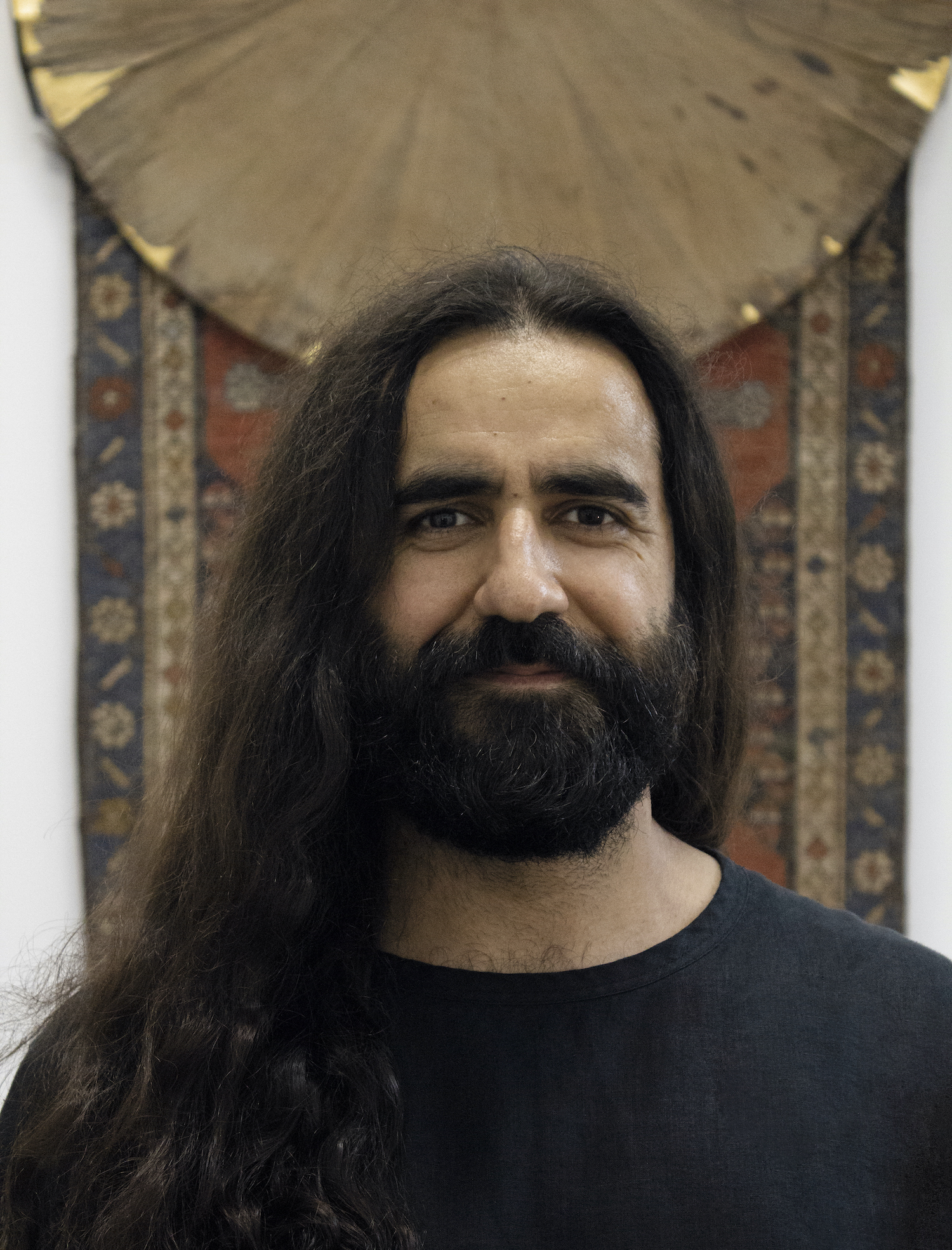As an artist, Mahmoud Saleh Mohammadi is incredibly fascinated by the positive impact of arts on the daily routine of a society.
The arts function as an interactive and immersive catalyst for public, who are participants of the art pieces at the same time. Afterwards, people trust each other more and have a feeling of belonging in the neighbourhoods where they live, which increases the overall value of a local reality.
Site-specific and participatory arts are tailored to its total context, with empathy as the most important tool. The art lies in the people who take part in it, the actions they take, and the change they eventually innermost create. They meet each other on the intersection between contemporary art and social design.
Mohammadi’s aim is twofold. Firstly, to detangle the multitude of current definitions of participatory arts and related terminologies, as well as the role of the public therein. Secondly, to compose site specific and participatory arts. By starting with data analysing the specific social context, appropriate art pieces can be created, responding to the exact needs present while staying close to his (the artists’) artistic language at the same time. This is where art practice in heterogenous neighbourhoods in Antwerpen – Merksem Dok, Antwerpen Noord – intertwines with theory.





